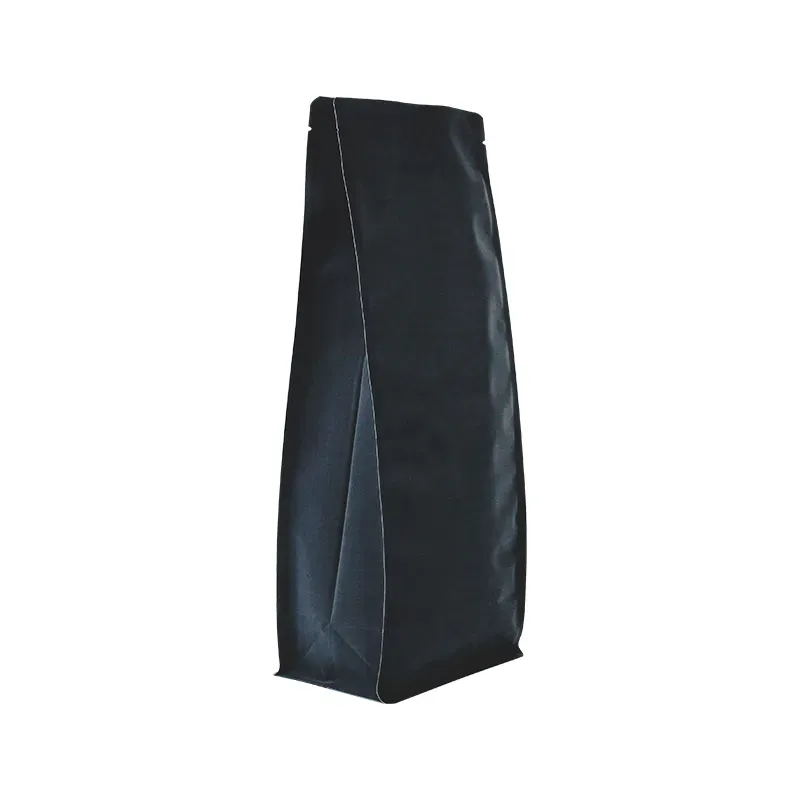- Afrikaans
- Albanian
- Amharic
- Arabic
- Armenian
- Azerbaijani
- Basque
- Belarusian
- Bengali
- Bosnian
- Bulgarian
- Catalan
- Cebuano
- chinese_simplified
- chinese_traditional
- Corsican
- Croatian
- Czech
- Danish
- Dutch
- English
- Esperanto
- Estonian
- Finnish
- French
- Frisian
- Galician
- Georgian
- German
- Greek
- Gujarati
- haitian_creole
- hausa
- hawaiian
- Hebrew
- Hindi
- Miao
- Hungarian
- Icelandic
- igbo
- Indonesian
- irish
- Italian
- Japanese
- Javanese
- Kannada
- kazakh
- Khmer
- Rwandese
- Korean
- Kurdish
- Kyrgyz
- Lao
- Latin
- Latvian
- Lithuanian
- Luxembourgish
- Macedonian
- Malgashi
- Malay
- Malayalam
- Maltese
- Maori
- Marathi
- Mongolian
- Myanmar
- Nepali
- Norwegian
- Norwegian
- Occitan
- Pashto
- Persian
- Polish
- Portuguese
- Punjabi
- Romanian
- Russian
- Samoan
- scottish-gaelic
- Serbian
- Sesotho
- Shona
- Sindhi
- Sinhala
- Slovak
- Slovenian
- Somali
- Spanish
- Sundanese
- Swahili
- Swedish
- Tagalog
- Tajik
- Tamil
- Tatar
- Telugu
- Thai
- Turkish
- Turkmen
- Ukrainian
- Urdu
- Uighur
- Uzbek
- Vietnamese
- Welsh
- Bantu
- Yiddish
- Yoruba
- Zulu
Automotive Drying Agents for Enhanced Performance and Longevity of Vehicles
Understanding Automotive Desiccants A Key to Vehicle Longevity
In the automotive industry, maintaining the integrity of vehicles is crucial not only for performance but also for safety and comfort. One often-overlooked component that plays a significant role in this process is the automotive desiccant. These materials help control moisture levels within vehicles, preventing a range of issues that can arise from excess humidity.
What is an Automotive Desiccant?
A desiccant is a substance that absorbs moisture from the environment. In the context of automotive applications, desiccants are commonly used in sealed compartments, such as air conditioning systems and headlight assemblies. The primary purpose of these materials is to prevent condensation, which can lead to rust, mold growth, and decreased visibility due to fogging.
Desiccants come in various forms, with silica gel and activated alumina being the most widely used types in the automotive sector. Silica gel, known for its high surface area and adsorption capacity, is particularly effective at trapping moisture. Activated alumina, on the other hand, is a versatile material that can also remove contaminants from the air, making it useful in more demanding applications.
The Importance of Automotive Desiccants
Moisture control is crucial in automotive applications for several reasons
1. Prevention of Corrosion Excessive moisture inside the vehicle can lead to the formation of rust on metal components. This is particularly problematic for parts such as the chassis and undercarriage, where corrosion can compromise structural integrity and lead to expensive repairs.
2. Improved Visibility In headlight assemblies, moisture accumulation can cause fogging and reduce light output, impairing driver visibility. Using desiccants in these systems helps maintain clear lenses, ensuring that vehicles remain safe for night driving.
3. Enhanced Comfort In air conditioning systems, moisture control is vital for maintaining a comfortable cabin environment. Desiccants work to manage humidity levels, preventing issues such as dampness and unpleasant odors related to mold growth.
automotive desiccant

4. Longevity of Components By controlling moisture levels, desiccants help extend the lifespan of various components, including electronic systems that are sensitive to humidity. This contributes to the overall durability and reliability of the vehicle.
Applications of Desiccants in Automobiles
Automotive desiccants are used in several key areas
- Air Conditioning Systems Desiccants play a critical role in regulating the moisture content within the air conditioning units, helping to provide effective cooling and preventing ice formation on evaporators.
- Headlight Assemblies Modern headlights often feature sealed units that prevent moisture ingress. Desiccants are strategically placed within these assemblies to capture any moisture that might cause fogging.
- Fuel Tanks Some manufacturers incorporate desiccants into fuel tanks to manage vapor and prevent condensation, which can lead to the degradation of fuel quality.
- Sealed Electronic Enclosures In vehicles, many electronic components are sensitive to humidity. Desiccants are used to keep these environments dry, ensuring reliable operation over time.
Conclusion
Automotive desiccants may not be the most visible aspect of vehicle design, but their role in moisture control is indispensable. By preventing corrosion, maintaining clarity in headlights, ensuring comfort through effective air conditioning, and safeguarding electronic components, desiccants contribute significantly to vehicle longevity and safety. As automotive technology continues to evolve, the importance of innovative moisture control solutions, including advanced desiccants, will undoubtedly grow, further enhancing the driving experience and extending the lifespan of vehicles on the road. In an era where reliability is paramount, these small yet mighty materials are a testament to the intricate balance of engineering that keeps modern automobiles running smoothly.













